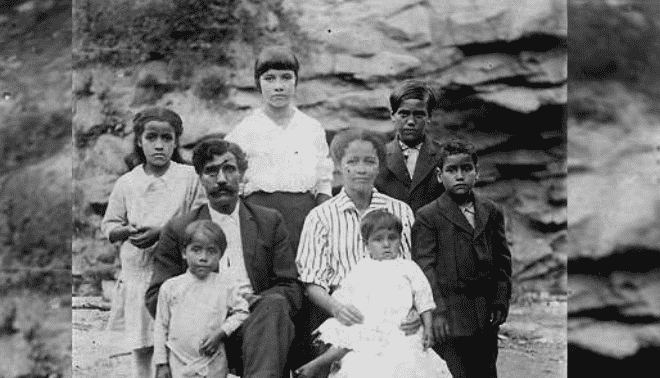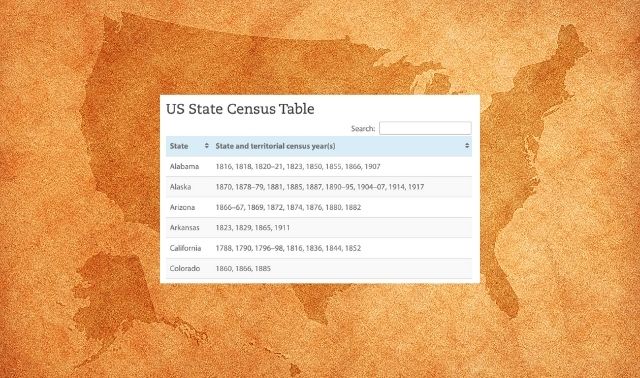Sign up for the Family Tree Newsletter Plus, you’ll receive our 10 Essential Genealogy Research Forms PDF as a special thank you!
Get Your Free Genealogy Forms
"*" indicates required fields
In the years immediately following the Civil War, thousands of people left the South for friendlier or more prosperous skies. Where did they go? Top destinations included northern cities, the American West, Brazil and Liberia.
Many displaced black and white Southerners migrated to northern cities such as New York, Boston, Philadelphia and Chicago in search of work. State and federal censuses and city directories (available at libraries and on genealogy data sites) can help you trace these moves. See our City Genealogy guides for specific cities.
Your missing kin also may have gone west. The Homestead Act of 1862 offered the best-yet deal for unsettled federal lands in the Midwest and West. Only 15,000 claims were established by the end of the Civil War, but then things picked up. Americans claimed more than 4.6 million acres in 1872 alone. Confederate veterans who signed loyalty oaths could claim land under the Homestead Act starting in 1867. African-Americans became eligible when the 14th amendment granted them citizenship in 1868.
After the cotton market crashed in 1873 and then Reconstruction ended, African-Americans began fleeing the South in earnest. Black homesteaders most famously went to Kansas, Oklahoma and Texas. Lured by word of mouth and newsprint, the “Kansas Exodusters” became a grassroots migration of at least 15,000 black Americans by 1880. Thousands of black farmers also headed to Oklahoma (“Indian Territory”) and Texas. By 1900, African-American farmers owned more than 1.5 million acres.
Finding ancestors on the western frontier may seem daunting if you don’t know where to look, but a major resource can help: the General Land Office (GLO) Records. Here you can search federal land patents made to individuals dating back to 1810. Under Search Documents, enter a name and select Any State or narrow your search to a state and county. Click on digital images of search results, because the recipient’s residence, often named in the land patent, could help you identify an ancestor. You can then obtain the person’s application for the homestead from the National Archives. Note that not everyone who applied for federal land secured a patent.
Beginning in 1865, as many as 20,000 Southerners fled to Brazil, which still allowed slavery. The town of Americana (or Vila dos Americanos) near São Paulo is still known for its Confederate roots, though many migrants eventually returned to the United States. Visit the bilingual website about “Confederado” heritage. Several books and published cemetery records exist, too.
Some wealthier white Southerners looking to rebuild their fortunes headed to Europe, particularly England and France. Though those countries were officially neutral during the Civil War, both had business ties to the South because of their reliance on US cotton. A stay in Europe may not have been permanent. Check ship manifests, censuses, society sections of newspapers and other records for evidence of a return trip.
African-American colonization of Liberia, Africa, began in the early 1800s under the auspices of the American Colonization Society. Thousands of black Americans headed to this haven for refugees from the US slavery system. About a third of the Reconstruction-era emigrants were from the state of Georgia. The Library of Congress has the papers of the American Colonization Society.
From the May/June 2015 Family Tree Magazine
ADVERTISEMENT



